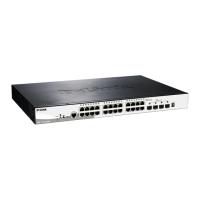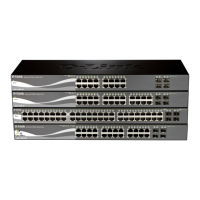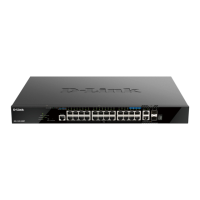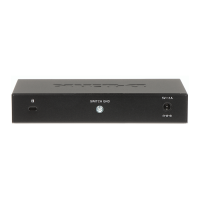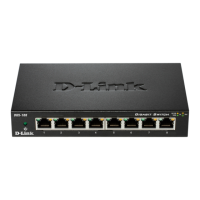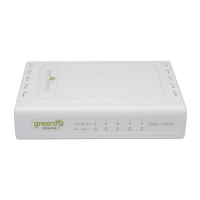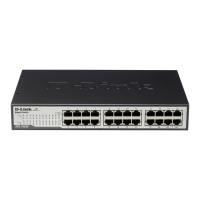DGS-1510 Series Gigabit Ethernet SmartPro Switch CLI Reference Guide
38
4. Access Control List (ACL) Commands
4-1 access-list resequence
This command is used to re-sequence the sequence number of the access list entries in an access
list. Use the no form of this command to revert to the default settings.
access-list resequence {NAME | NUMBER} STARTING-SEQUENCE-NUMBER INCREMENT
no access-list resequence
Parameters
Specifies the name of the access list to be configured. It can be a
maximum of 32 characters.
Specifies the number of the access list to be configured.
Specifies that the access list entries will be re-sequenced using this
initial value. The default value is 10. The range of possible
sequence numbers is 1 through 65535.
Specifies the number that the sequence numbers step. The default
value is 10. For example, if the increment (step) value is 5 and the
beginning sequence number is 20, the subsequent sequence
numbers are 25, 30, 35, 40, and so on. The range of valid values is
from 1 to 32.
Default
The default start sequence number is 10.
The default increment is 10.
Command Mode
Global Configuration Mode.
Command Default Level
Level: 12.
Usage Guideline
This feature allows the user to re-sequence the entries of a specified access list with an initial
sequence number determined by the STARTING-SEQUENCE-NUMBER parameter and continuing in
the increments determined by the INCREMENT parameter. If the highest sequence number exceeds
the maximum possible sequence number, then there will be no re-sequencing.
If a rule entry is created without specifying the sequence number, the sequence number will be
automatically assigned. If it is the first entry, a start sequence number is assigned. Subsequent rule
entries are assigned a sequence number that is increment value greater than the largest sequence
number in that access list and the entry is placed at the end of the list.
After the start sequence number or increment change, the sequence number of all previous rules
(include the rules that assigned sequence by user) will change according to the new sequence setting.
Example
This example shows how to re-sequence the sequence number of an IP access-list, named R&D.
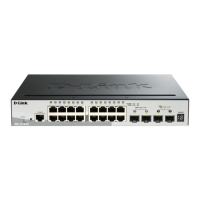
